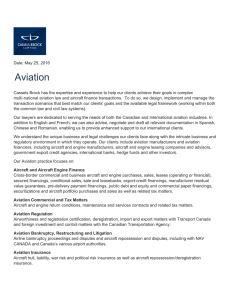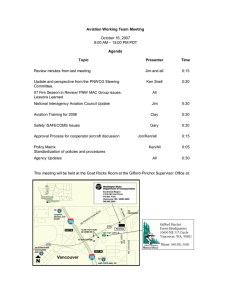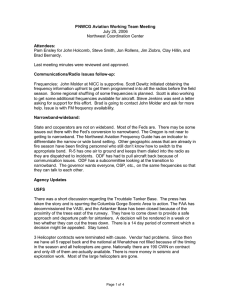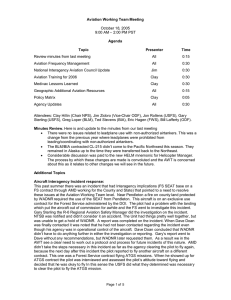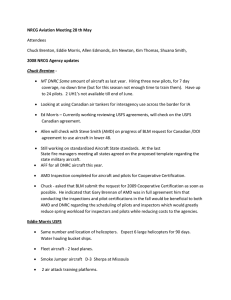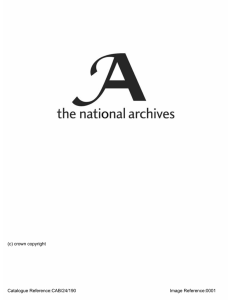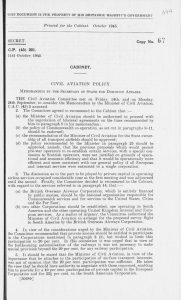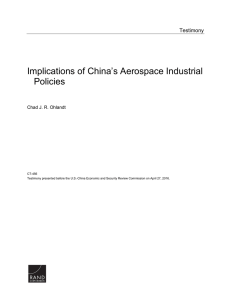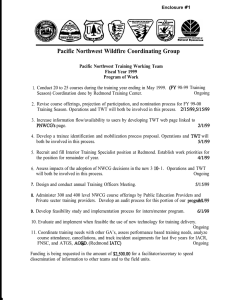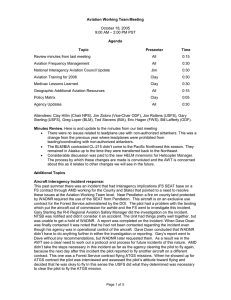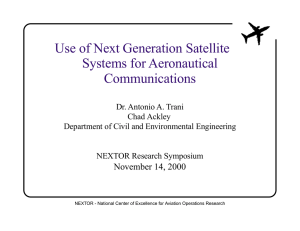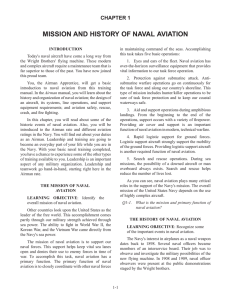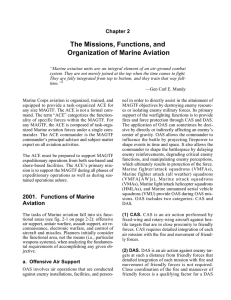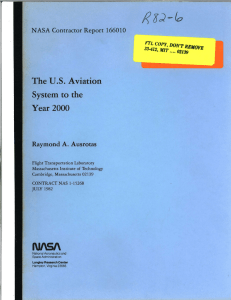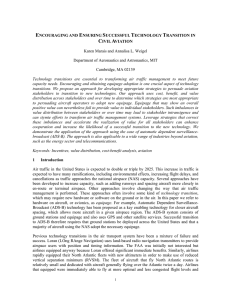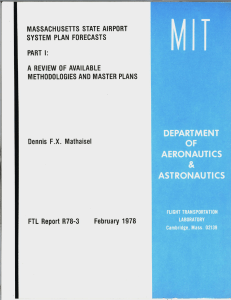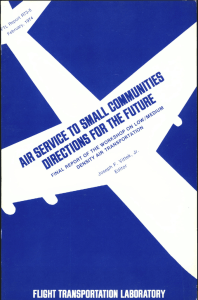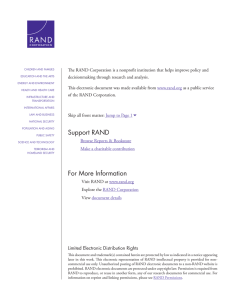Aviation Safety Alert United States Department of Agriculture Forest Service
advertisement
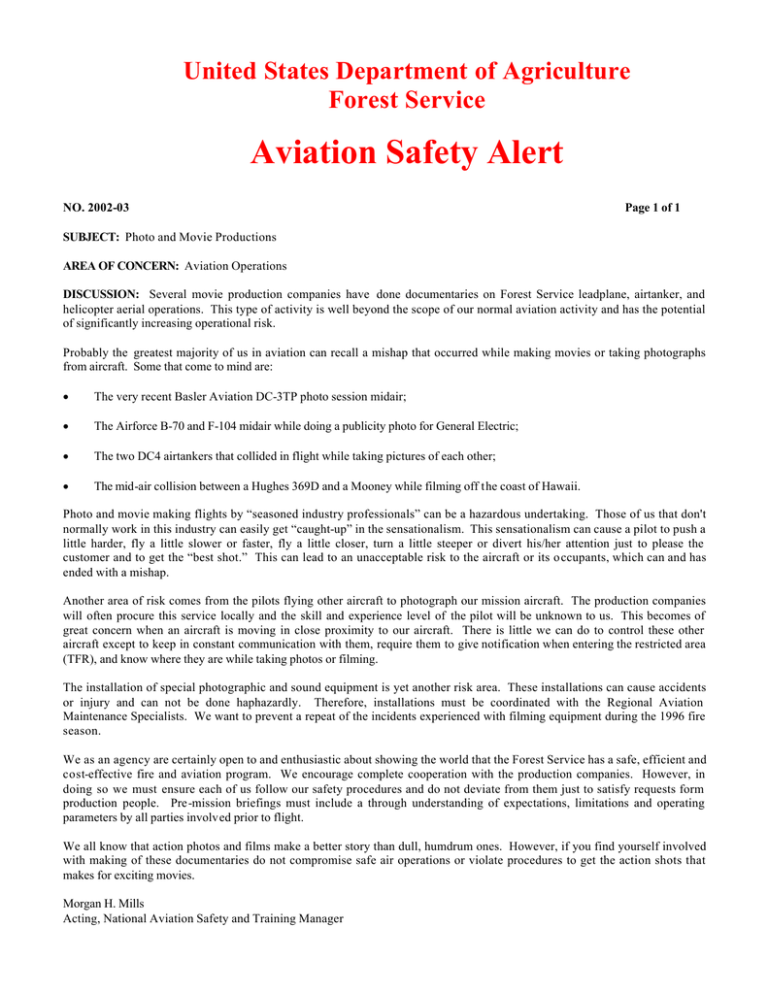
United States Department of Agriculture Forest Service Aviation Safety Alert NO. 2002-03 Page 1 of 1 SUBJECT: Photo and Movie Productions AREA OF CONCERN: Aviation Operations DISCUSSION: Several movie production companies have done documentaries on Forest Service leadplane, airtanker, and helicopter aerial operations. This type of activity is well beyond the scope of our normal aviation activity and has the potential of significantly increasing operational risk. Probably the greatest majority of us in aviation can recall a mishap that occurred while making movies or taking photographs from aircraft. Some that come to mind are: • The very recent Basler Aviation DC-3TP photo session midair; • The Airforce B-70 and F-104 midair while doing a publicity photo for General Electric; • The two DC4 airtankers that collided in flight while taking pictures of each other; • The mid-air collision between a Hughes 369D and a Mooney while filming off the coast of Hawaii. Photo and movie making flights by “seasoned industry professionals” can be a hazardous undertaking. Those of us that don't normally work in this industry can easily get “caught-up” in the sensationalism. This sensationalism can cause a pilot to push a little harder, fly a little slower or faster, fly a little closer, turn a little steeper or divert his/her attention just to please the customer and to get the “best shot.” This can lead to an unacceptable risk to the aircraft or its occupants, which can and has ended with a mishap. Another area of risk comes from the pilots flying other aircraft to photograph our mission aircraft. The production companies will often procure this service locally and the skill and experience level of the pilot will be unknown to us. This becomes of great concern when an aircraft is moving in close proximity to our aircraft. There is little we can do to control these other aircraft except to keep in constant communication with them, require them to give notification when entering the restricted area (TFR), and know where they are while taking photos or filming. The installation of special photographic and sound equipment is yet another risk area. These installations can cause accidents or injury and can not be done haphazardly. Therefore, installations must be coordinated with the Regional Aviation Maintenance Specialists. We want to prevent a repeat of the incidents experienced with filming equipment during the 1996 fire season. We as an agency are certainly open to and enthusiastic about showing the world that the Forest Service has a safe, efficient and cost-effective fire and aviation program. We encourage complete cooperation with the production companies. However, in doing so we must ensure each of us follow our safety procedures and do not deviate from them just to satisfy requests form production people. Pre-mission briefings must include a through understanding of expectations, limitations and operating parameters by all parties involved prior to flight. We all know that action photos and films make a better story than dull, humdrum ones. However, if you find yourself involved with making of these documentaries do not compromise safe air operations or violate procedures to get the action shots that makes for exciting movies. Morgan H. Mills Acting, National Aviation Safety and Training Manager



